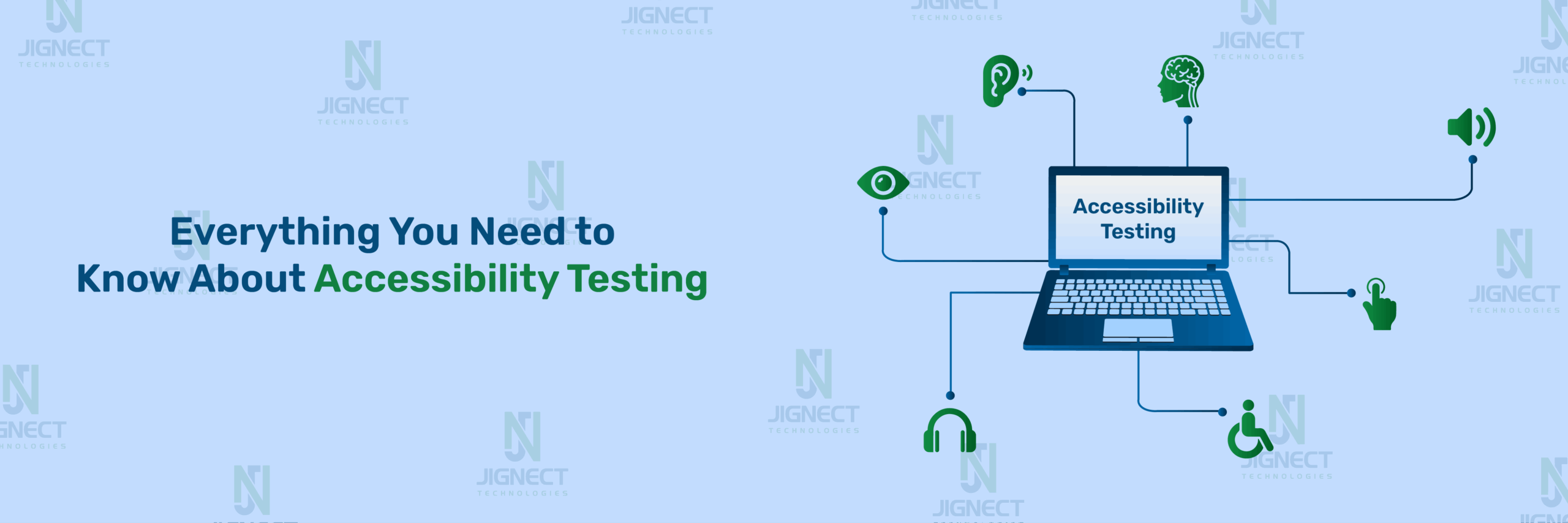The main hall is a roaring ocean of noise and motion. Thousands of people surge past endless rows of gleaming booths. It’s exhilarating, sure. But it’s also… overwhelming. For both exhibitors and attendees, the sheer scale of a major trade show can make genuine connection feel nearly impossible.
That’s where the magic of micro-events comes in. Think of them as intimate, curated gatherings nestled within the sprawling city of the main event. They are the cozy coffee shops and hidden speakeasies you discover off the main boulevard. They’re where the real, memorable conversations happen.
What Exactly Are These Micro-events?
Let’s get specific. A micro-event is a small, focused activity hosted within your larger trade show presence. It’s not your 40×40 booth itself; it’s the reason someone decides to spend 30 extra minutes there.
Common examples include:
- An exclusive, by-invitation-only demo for your top 20 prospects.
- A “lunch and learn” session at a comfortable seating area in your booth.
- A hands-on workshop teaching a specific skill.
- A morning coffee meetup for a niche industry segment.
- A post-show cocktail hour at a nearby lounge for qualified leads.
In essence, you’re creating a smaller, more manageable event with its own unique value proposition. You’re fighting the noise with focus.
Why Bother? The Undeniable Power of Going Small
Honestly, in a world of “go big or go home,” why would you intentionally go small? Well, here’s the deal: small is scalable in its impact. While the giant keynote addresses the crowd, your micro-event speaks directly to the individual.
The benefits are, frankly, massive:
- Deeper Engagement: It’s simple math. You can’t have a meaningful, 15-minute conversation with 500 people walking by. But you can have one with 15 people who are genuinely interested. This is where relationships are built, not just contacts collected.
- Qualified Lead Generation: Someone who takes the time to register for your specific workshop or accepts your invite to a private dinner is already pre-qualified. They’re signaling a higher level of interest. This dramatically improves your sales funnel efficiency.
- Combating Show Fatigue: After a few hours, every booth starts to look the same. A micro-event breaks the monotony. It offers a place to sit, a fresh topic to discuss, and a moment of respite. It makes your brand an oasis, not just another exhibit.
The Attendee’s Hidden Gem
And let’s not forget the attendee’s perspective. For them, navigating a large trade show is a chore. They’re bombarded with messages. A well-executed micro-event is a gift. It cuts through the chaos and delivers exactly what they came for: specialized knowledge, direct access to experts, and a chance to network with true peers.
Crafting Your Own Micro-Event: A Practical Playbook
Okay, so you’re sold on the idea. How do you actually do it? It’s not about just putting out a bowl of candy and hoping for the best. It requires intention.
1. Define Your “Who” and “Why”
Who are you trying to attract? New prospects? Existing enterprise clients? Industry journalists? Your “who” defines your “what.” A workshop for CTOs will look vastly different from a mixer for marketing managers. Be ruthlessly specific.
2. Choose Your Format Wisely
Match the format to your goal. Need to demonstrate a complex software feature? A hands-on demo lab is perfect. Want to build community? A themed networking breakfast works wonders.
Here’s a quick comparison to spark ideas:
| Your Goal | Ideal Micro-event Format |
| Generate high-intent leads | Private, invitation-only demo or roundtable |
| Educate on a specific topic | 30-minute “theater” presentation or workshop |
| Strengthen customer relationships | VIP client appreciation dinner or lounge |
| Gather user feedback | Interactive focus group or co-creation session |
3. Promote, Promote, Promote (Before the Doors Open)
This is arguably the most common failure point. You can’t rely on foot traffic. You have to build the audience before the show. Use email campaigns, targeted social media ads, and personal outreach from your sales team. Create a dedicated landing page for registration. Generate FOMO—fear of missing out—by highlighting the exclusivity and unique value.
4. Execute for Experience, Not Just Information
During the event, focus on the sensory details. Is the seating comfortable? Is the audio clear? Is the coffee good? These small touches signal that you value your guests’ time and comfort. It’s not just a presentation; it’s an experience. Assign a dedicated host to welcome people and keep the energy flowing smoothly.
The Seamless Integration: Making it All Feel Cohesive
A potential pitfall is having your micro-event feel disconnected from your main booth. You need to create a clear bridge. Visually, the branding should be consistent. Thematically, the content of your small session should be a deeper dive into the broader story you’re telling on the show floor.
Think of it as a narrative. Your large booth is the headline. Your micro-event is the captivating first chapter that makes someone want to read the whole book.
The Future is Focused
As trade shows continue to evolve, the demand for personalized, meaningful experiences will only grow. The scatter-shot approach of shouting the loudest is losing its power. The real opportunity lies in speaking clearly—and directly—to the people who are truly listening.
By carving out these small, intentional spaces within the vastness of a major exhibition, you’re not just another vendor. You become a curator, a connector, a host. You transform a transaction into a relationship. And in a world saturated with noise, that quiet, focused connection is the most powerful signal of all.


